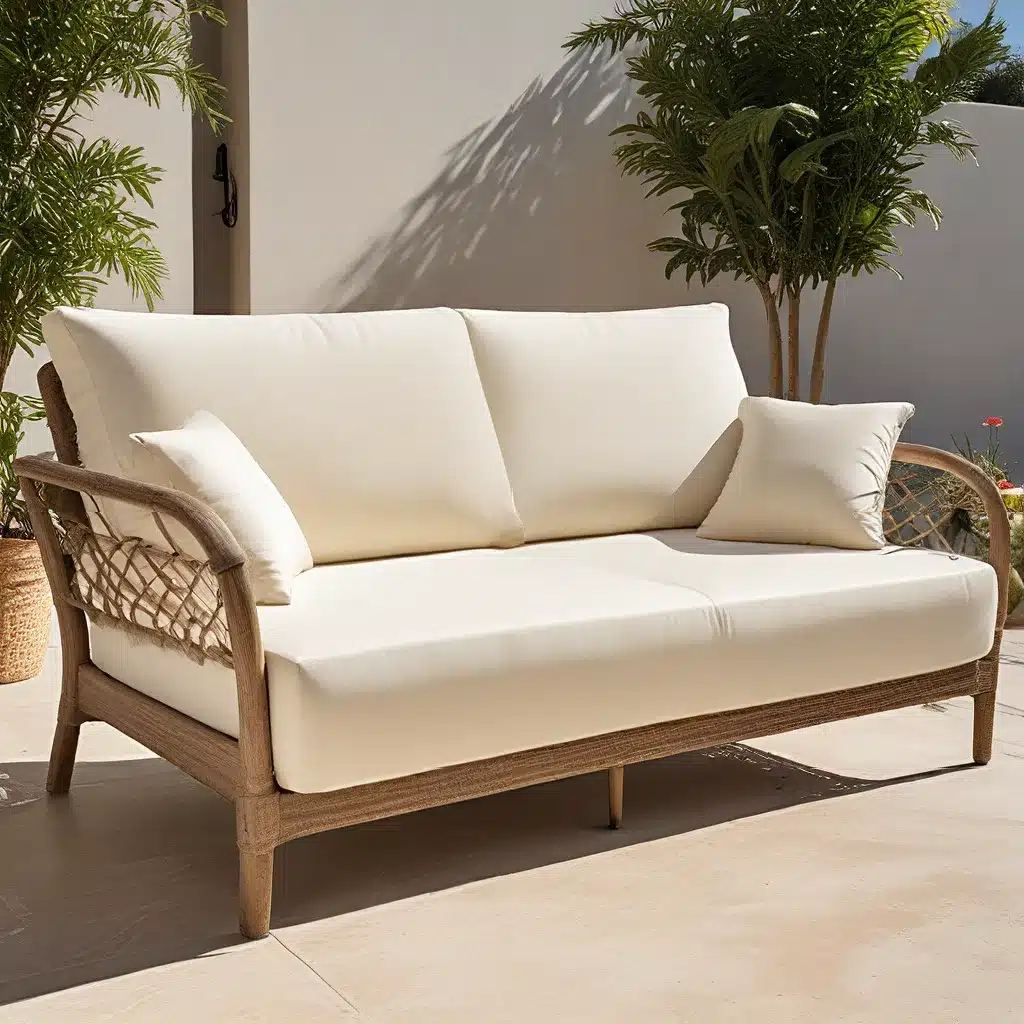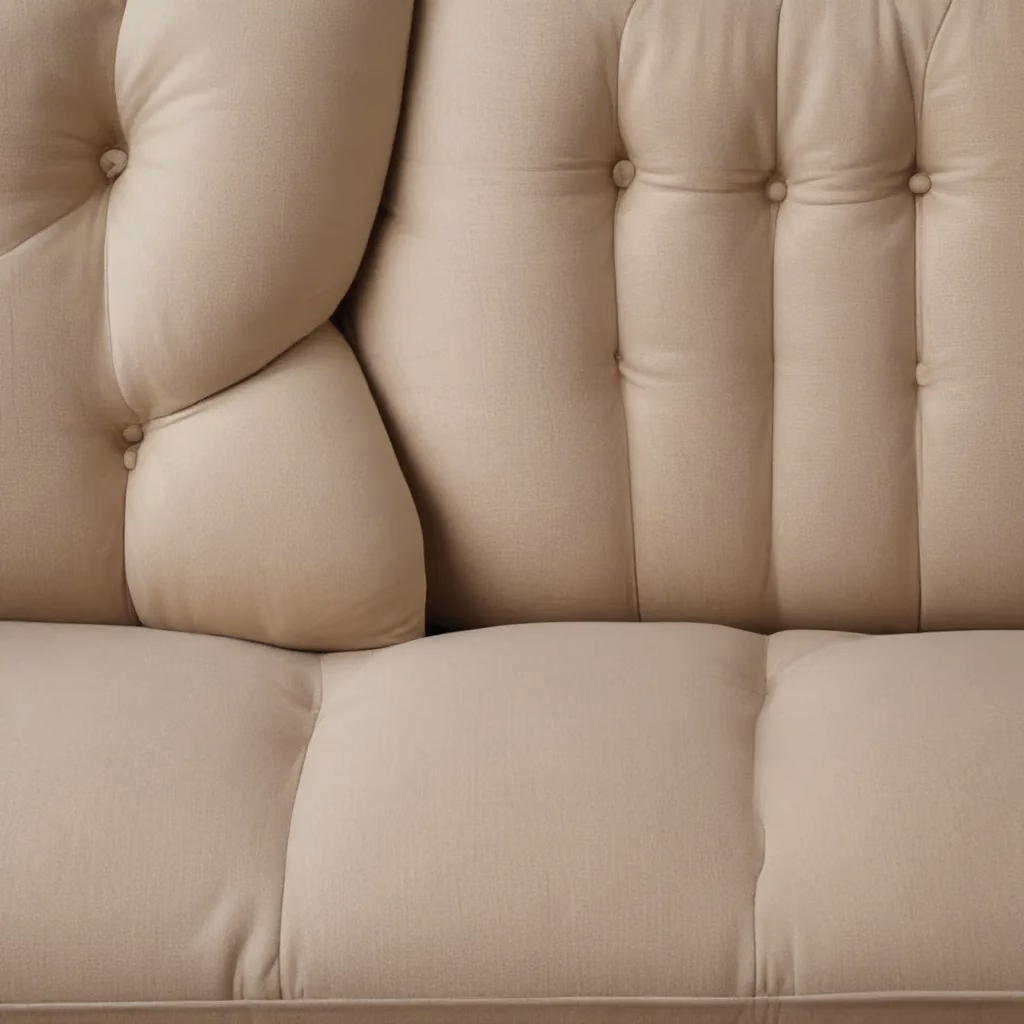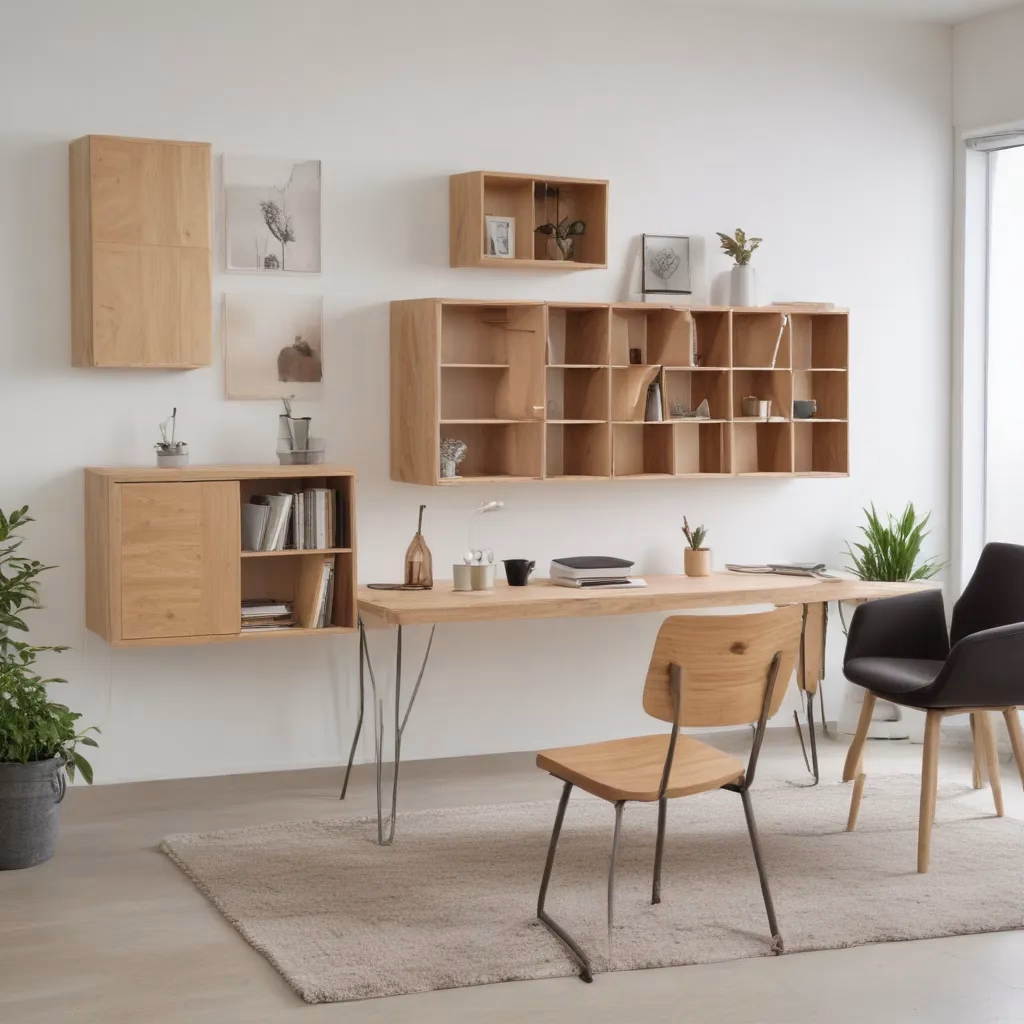
The Curse of the Fading Couch
Ah, the humble sofa – the centerpiece of our living rooms, the throne where we plop ourselves after a long day, the place we sink into with a steaming mug of tea and a good book. As the faithful companion to our Netflix binges and family game nights, it’s no wonder we cherish our sofas so dearly.
But what happens when that beloved couch starts to lose its luster, its once-vibrant hues fading away like an old photograph? It’s a curse that plagues many a homeowner, myself included. I still remember the day I noticed the cushions on my brand new, custom-made sofa starting to look a little lackluster. The deep, rich tones I had fallen in love with were gradually transforming into a dull, washed-out version of their former selves.
As one sofa owner lamented on an online forum, “The fabric just seems to be getting lighter and lighter. It’s driving me mad!” I couldn’t help but nod in solidarity – the struggle is all too real.
But fear not, fellow sofa enthusiasts, for I have uncovered the secrets to preventing this tragic fate. In this comprehensive guide, I’ll take you on a journey to understand the science behind fabric fading, and equip you with the knowledge and tools to keep your beloved sofas looking as good as new, no matter how much sun they’re exposed to.
The Science of Fabric Fading
To tackle this problem, we first need to understand what’s really going on under the surface. The culprit behind fading furniture and fabrics is a process known as photodegradation, defined by the National Institutes of Health as “the degradation of a photodegradable molecule caused by the absorption of photons, particularly those wavelengths found in sunlight such as infrared radiation, visible light, and ultraviolet light.”
In simpler terms, it’s the breakdown of the molecular structure of the fabric, caused by exposure to different forms of solar energy. And it’s not just the UV rays that are the problem – visible light and infrared radiation (heat) also play a significant role in this fading phenomenon.
According to the experts at Window Film, UV light accounts for about 40% of the fading problem, while the remaining 60% is due to visible light and infrared rays. That means focusing solely on blocking UV won’t be enough to save your sofas from the sun’s wrath.
The various wavelengths of solar energy interact with the dyes and fibers in different ways, causing physical changes like thermal expansion, the breaking down of chemical bonds, and even bleaching. It’s a veritable assault on the delicate composition of your beloved furniture.
Tactics to Tame the Sun
Now that we understand the science behind the problem, let’s dive into some practical strategies to protect your sofas from the sun’s relentless onslaught.
1. Strategic Furniture Placement
The simplest solution, as the experts at Window Film suggest, is to keep your furniture out of direct sunlight as much as possible. If the layout of your room allows, try to position your sofas and other important pieces away from the windows, where they’ll be shielded from the sun’s rays.
But let’s be honest, not all of us have the luxury of rearranging our living spaces to accommodate this. Sometimes, that perfect sofa just has to go in front of the window, no matter how much it pains us.
2. Periodic Furniture Rotation
If you can’t avoid the sun entirely, the next best thing is to rotate your furniture periodically. This will prevent the same spots from being subjected to prolonged exposure, evening out the fading and keeping your sofa looking more uniform.
For upholstered pieces that are too large to move around easily, the experts recommend at least rotating the cushions regularly to distribute the wear and tear.
3. Color Selection
The color palette you choose for your living room can also play a role in mitigating fading. Lighter, more reflective colors tend to absorb less heat and light, making them less susceptible to photodegradation.
So, if you’re in the market for a new sofa, consider opting for a lighter shade or a neutral tone. It may not be as dramatic or bold as a rich, deep hue, but it could be the key to preserving your investment in the long run.
4. Leather Conditioning
For those of us who prefer the timeless elegance of leather sofas, proper maintenance is crucial to preventing fading and cracking. The experts recommend applying a good quality leather conditioner with built-in UV protection twice a year. This will keep the material supple and protected from the sun’s damaging rays.
The Power of Window Film
While the strategies we’ve discussed so far can certainly help mitigate the effects of fading, there’s one surefire way to take your sofa protection to the next level: window film.
Sofa Spectacular, the custom sofa company I mentioned earlier, swears by the use of window film in their showroom and workshop. And for good reason – it’s one of the most effective ways to block the three main culprits of fabric fading: UV light, visible light, and infrared radiation (heat).
As the experts at Window Film explain, window film can block greater than 99% of UV light, and the darker the tint, the more control you’ll have over visible light and heat. So, by strategically applying window film to the sun-facing windows in your living room, you can create an impenetrable shield against the sun’s relentless assault on your precious sofas.
But don’t worry, you don’t have to go for a dark, tinted look that will make your space feel like a cave. There are plenty of options, like the ComforTech 45 or 35 films, that provide excellent fade protection while still maintaining a light, airy feel.
Putting It All Together
Now that you’re armed with the knowledge and tools to keep your sofas looking their best, it’s time to put it all into practice. Start by taking a close look at your living room and identifying the main problem areas – those sun-drenched windows that are slowly but surely draining the life out of your beloved furniture.
Next, consider a combination of strategies to tackle the issue. Maybe you can’t rearrange your furniture, but you can rotate the cushions and opt for a lighter sofa color when it’s time to replace. And don’t forget the power of window film – it could be the missing piece in your sofa-saving puzzle.
Remember, protecting your sofas from the sun’s wrath is a multi-faceted battle, but with the right approach, you can ensure that your investment in comfortable, custom-made seating will last for years to come. So, let’s raise a glass (of wine, of course) to the art of preventing fabric fading and keeping our sofas looking as good as new, no matter how much time we spend lounging on them.



